Table of Contents
Introduction

The Middle East is a region renowned for its rich history, cultural diversity, and breath taking landscapes. Yet, beyond its historical and natural wonders lies a treasure trove of beauty secrets that have been passed down through generations.
From ancient Egypt to modern-day Persia, Middle Eastern beauty rituals are steeped in tradition, utilising natural ingredients and time-tested techniques to enhance beauty and well-being.
In this article, we delve into the captivating world of Middle Eastern beauty secrets, uncovering the ancient practices and ingredients that continue to influence modern beauty routines.
The Historical Roots of Middle Eastern Beauty
Ancient Egypt: The Birthplace of Beauty Rituals
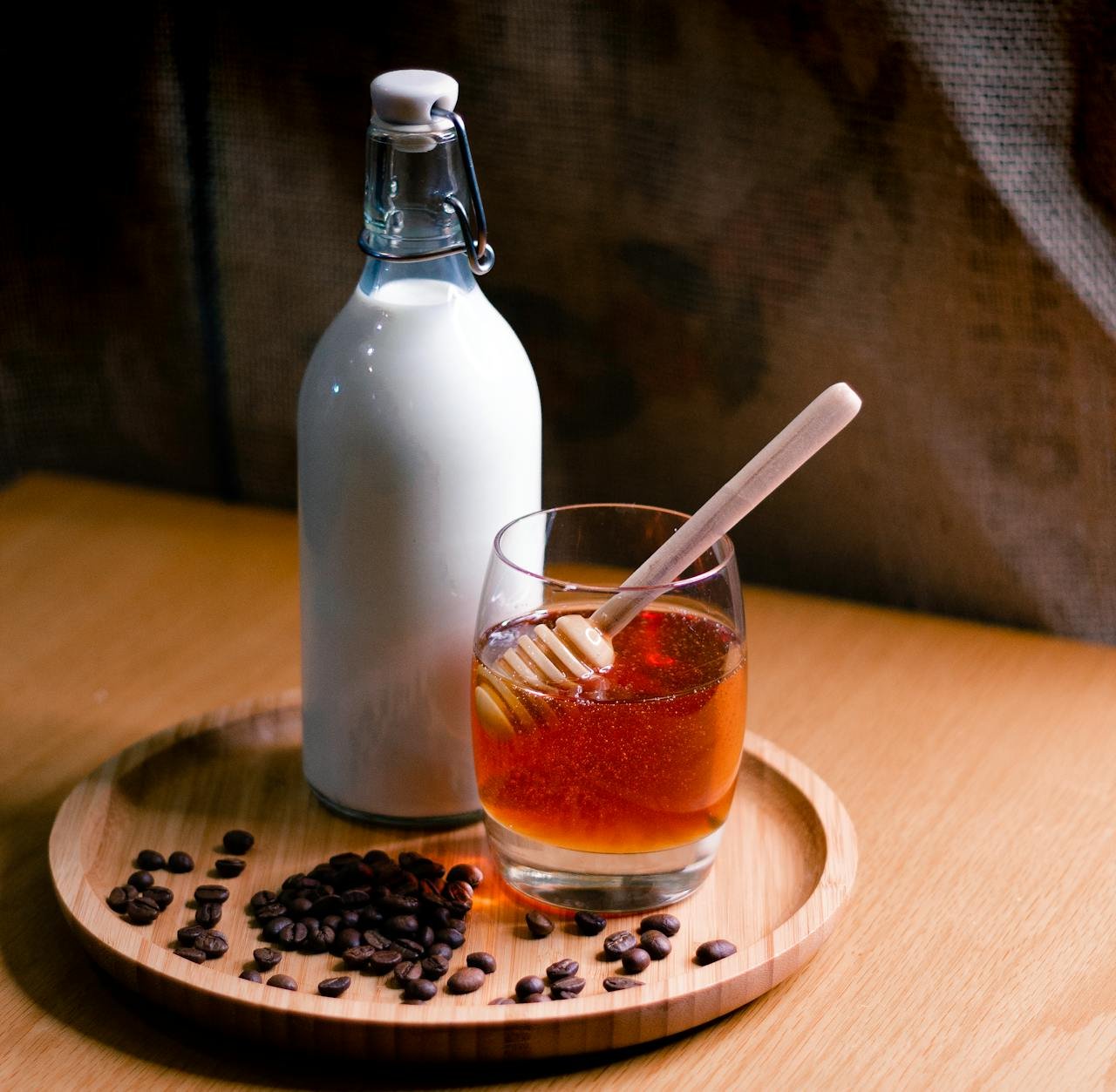
Ancient Egypt is often regarded as the cradle of beauty rituals, with Cleopatra being one of the most iconic figures in the history of beauty. The Egyptians believed that physical appearance was a reflection of spiritual well-being and used various natural substances to maintain their beauty.
Milk and Honey Baths: Cleopatra’s beauty regimen famously included bathing in milk and honey. The lactic acid in milk exfoliates and softens the skin, while honey acts as a humectant, drawing moisture into the skin.
Kohl: Egyptians were among the first to use kohl to enhance their eyes. Made from galena (lead sulfide), kohl not only served a cosmetic purpose but also protected the eyes from the harsh sun and infections.
Henna: Used for body art and hair dyeing, henna has antimicrobial properties and has been used for centuries to create intricate designs on the skin and to strengthen and condition hair.
Persia: The Land of Luxurious Oils and Fragrances
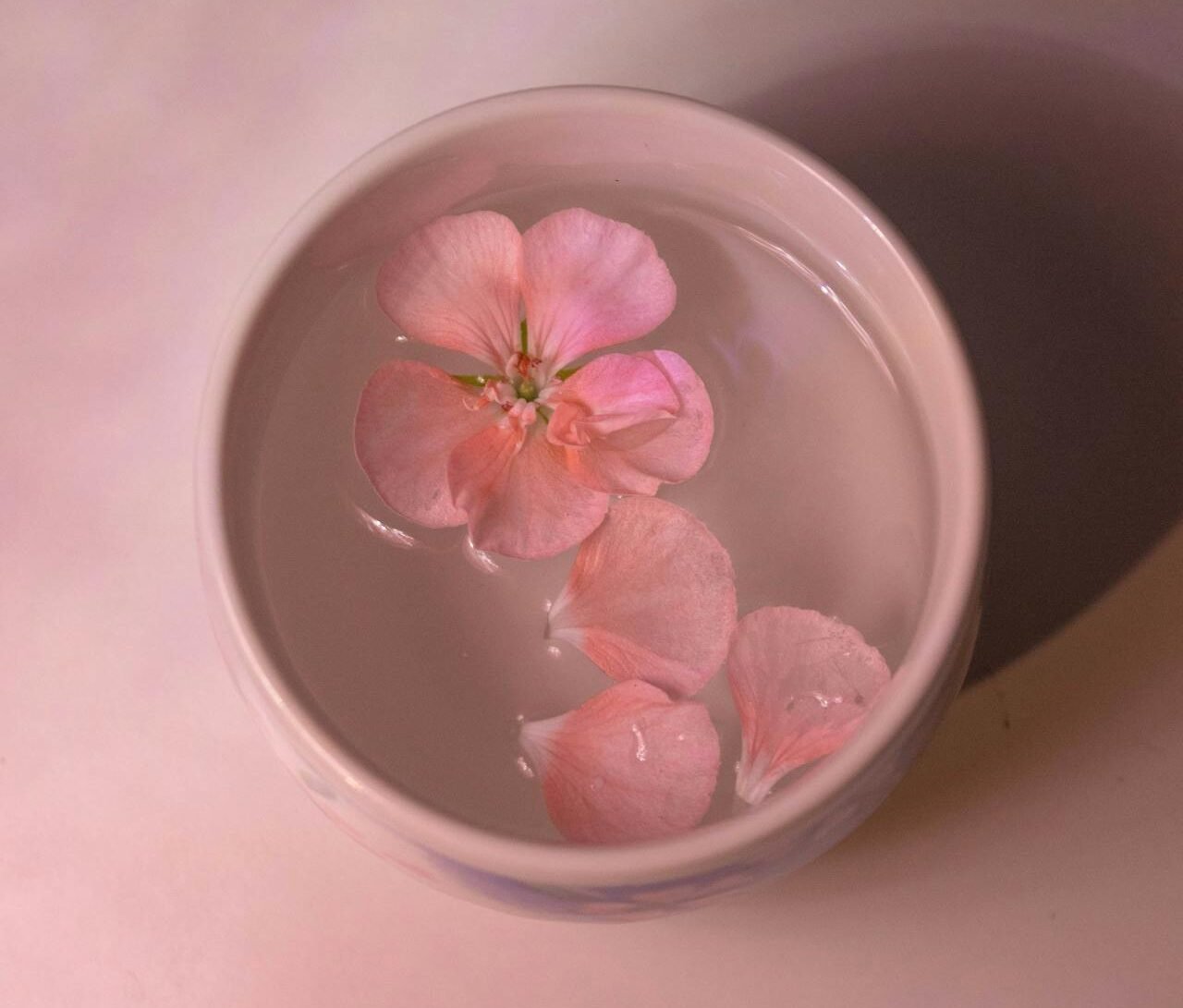
The Persian Empire, known for its opulence and sophistication, contributed significantly to the world of beauty. Persian women were known for their use of natural oils and fragrances, many of which are still popular today.
Rose Water: Distilled from rose petals, rose water is a staple in Persian beauty rituals. It is used as a toner to soothe and hydrate the skin, leaving it soft and radiant.
Saffron: This precious spice is not only a culinary delight but also a beauty enhancer. Saffron is known for its brightening properties and is used in face masks to even out skin tone and impart a natural glow.
Pomegranate: Rich in antioxidants, pomegranate is used in various forms, from oils to extracts, to rejuvenate the skin and combat signs of ageing.
Traditional Beauty Practices in the Middle East

Hammam: The Ritual of Purification
One of the most cherished beauty traditions in the Middle East is the hammam, or Turkish bath. This centuries-old ritual is more than just a bath; it is a ceremony of purification and relaxation.
Steam and Scrub: The hammam experience begins with a steam bath to open the pores, followed by a vigorous scrub with a kessa glove and black soap. This exfoliation process removes dead skin cells, leaving the skin smooth and revitalised.
Rhassoul Clay: Used as a mask for the body and hair, rhassoul clay is rich in minerals and has detoxifying properties. It helps to cleanse the skin and improve its texture.
Argan Oil: Often referred to as “liquid gold,” argan oil is used to moisturise and nourish the skin and hair. It is rich in vitamin E and essential fatty acids, making it an excellent conditioner and anti-ageing treatment.
Hair Care Rituals: The Secret to Luscious Locks
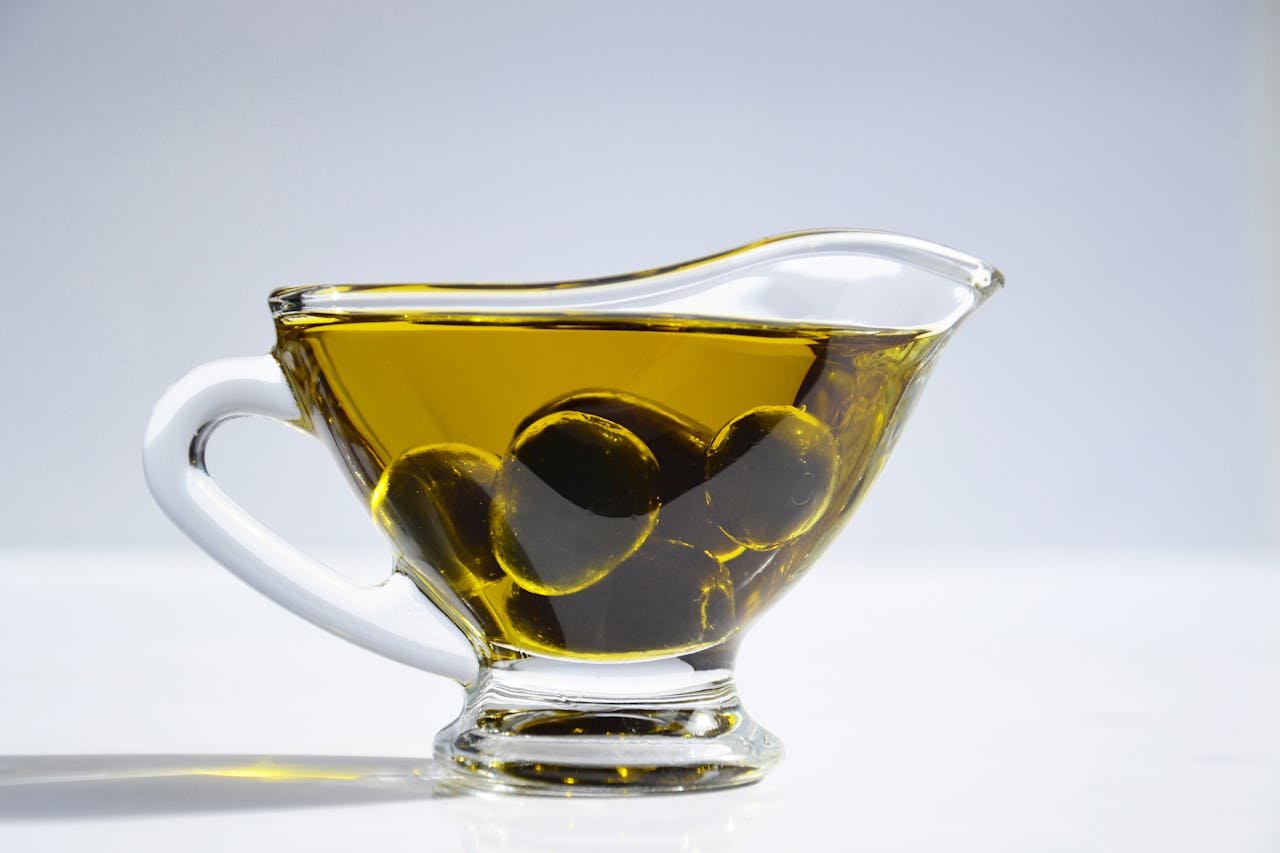
Middle Eastern women are known for their beautiful, thick, and shiny hair. The secret lies in their traditional hair care practices, which involve natural oils and herbal treatments.
Olive Oil: Used as a deep conditioning treatment, olive oil strengthens the hair and adds shine. It is applied to the scalp and hair, left on for a few hours or overnight, and then washed out with a mild shampoo.
Henna: Beyond its use in body art, henna is also a popular hair dye. It conditions the hair, adds volume, and imparts a rich, reddish-brown color.
Amla Oil: Made from the Indian gooseberry, amla oil is known for its hair growth-promoting properties. It nourishes the scalp, prevents hair fall, and enhances the natural color of the hair.
Natural Ingredients: The Heart of Middle Eastern Beauty
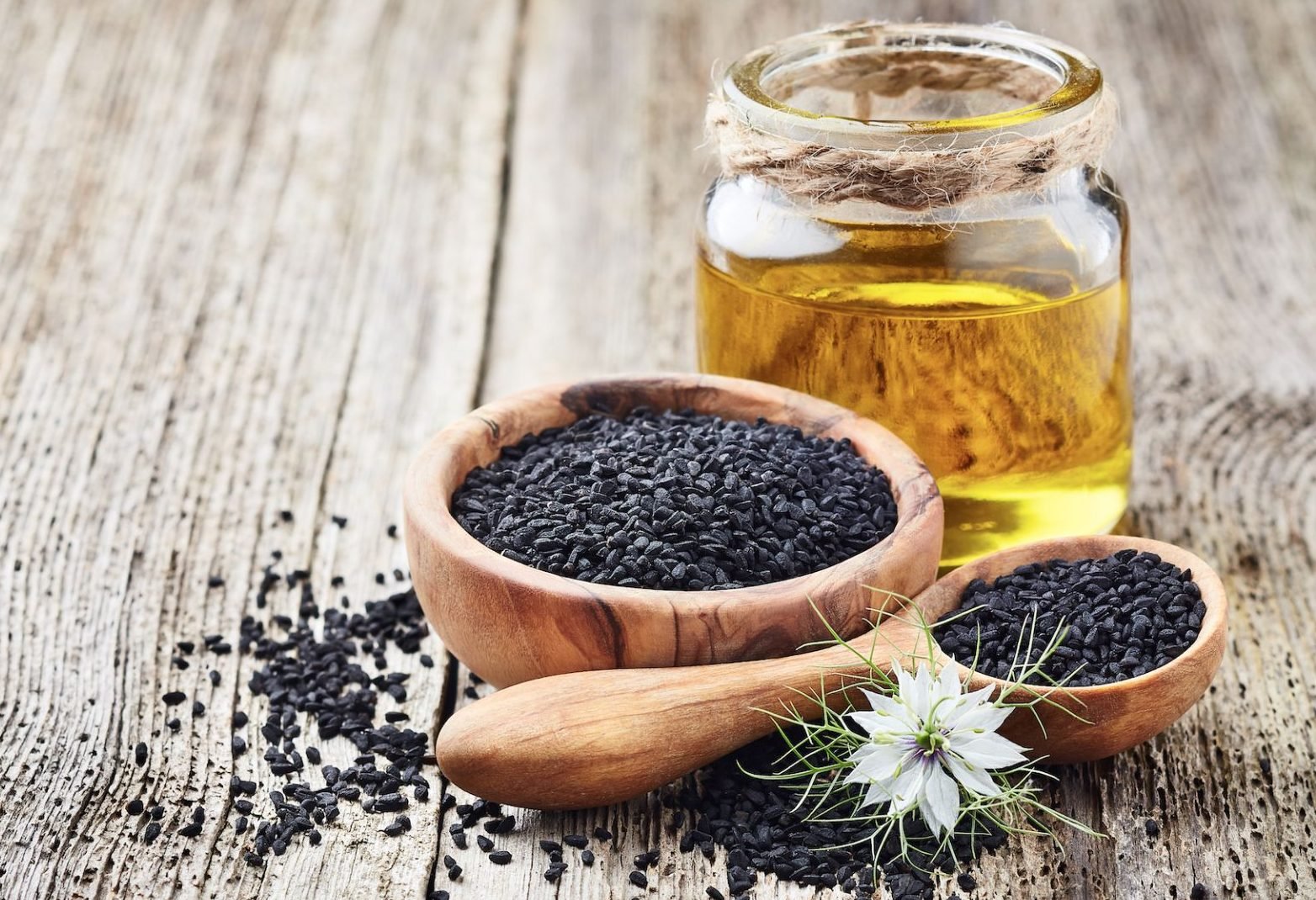
The Middle East is blessed with a wealth of natural resources that are used in beauty treatments. These ingredients are not only effective but also safe and environmentally friendly.
Aloe Vera: The Desert’s Miracle Plant
Aloe vera, known for its soothing and healing properties, is widely used in Middle Eastern beauty routines. It is applied to the skin to treat sunburn, acne, and other skin conditions. Aloe vera gel can also be used as a moisturiser and a hair conditioner.
Black Seed Oil: The Prophet’s Remedy
Black seed oil, also known as Nigella sativa, has been used for centuries in Middle Eastern medicine and beauty. It is said that the Prophet Muhammad referred to black seed as a remedy for all ailments except death. Rich in antioxidants and essential fatty acids, black seed oil is used to treat various skin conditions, promote hair growth, and improve overall health.
Turmeric: The Golden Spice
Turmeric is a key ingredient in Middle Eastern cuisine and beauty. It has anti-inflammatory and antibacterial properties, making it ideal for treating acne and brightening the skin. Turmeric masks are used to even out skin tone and impart a natural glow.
Modern-Day Middle Eastern Beauty Brands
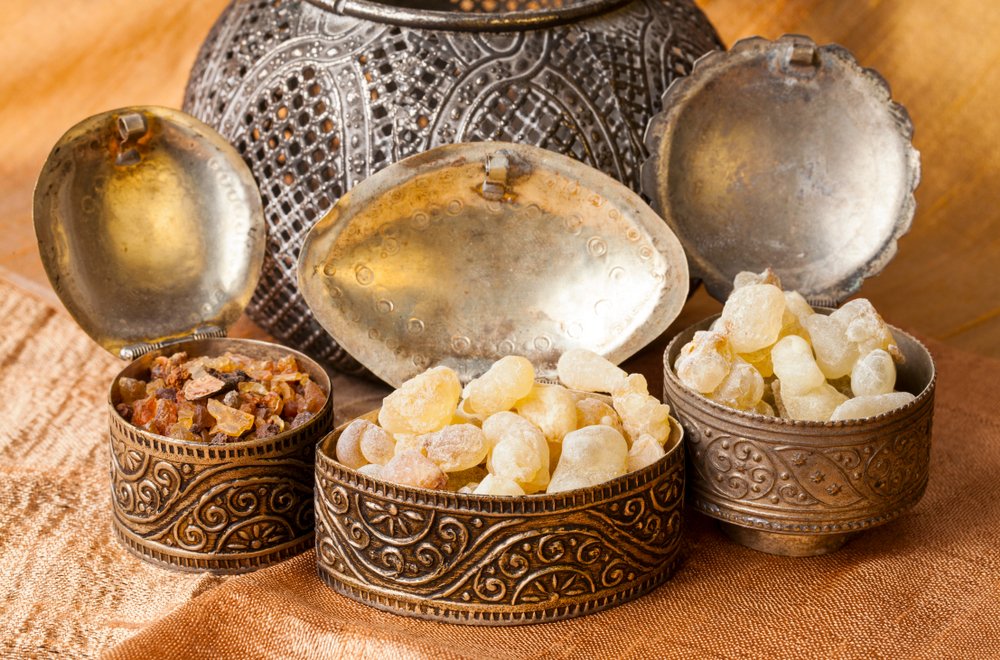
In recent years, Middle Eastern beauty secrets have gained international recognition, leading to the rise of several modern beauty brands that draw inspiration from traditional practices.
Huda Beauty: Redefining Glamour
Founded by Iraqi-American entrepreneur Huda Kattan, Huda Beauty has become a global sensation. The brand is known for its high-quality makeup products, including foundations, eyeshadows, and lipsticks. Huda Beauty celebrates Middle Eastern glamour with its bold and luxurious offerings.
Shiffa: Holistic Skincare
Shiffa, founded by Dr. Lamees Hamdan, is a luxury skincare brand that combines traditional Middle Eastern ingredients with modern science. The brand’s products are formulated with natural ingredients like rose, frankincense, and date extract, offering a holistic approach to skincare.
Herbivore Botanicals: Natural Beauty
While not exclusively a Middle Eastern brand, Herbivore Botanicals draws inspiration from Middle Eastern beauty rituals. The brand’s products feature ingredients like rose water, argan oil, and turmeric, offering natural and effective skincare solutions.
Embracing Middle Eastern Beauty Rituals at Home
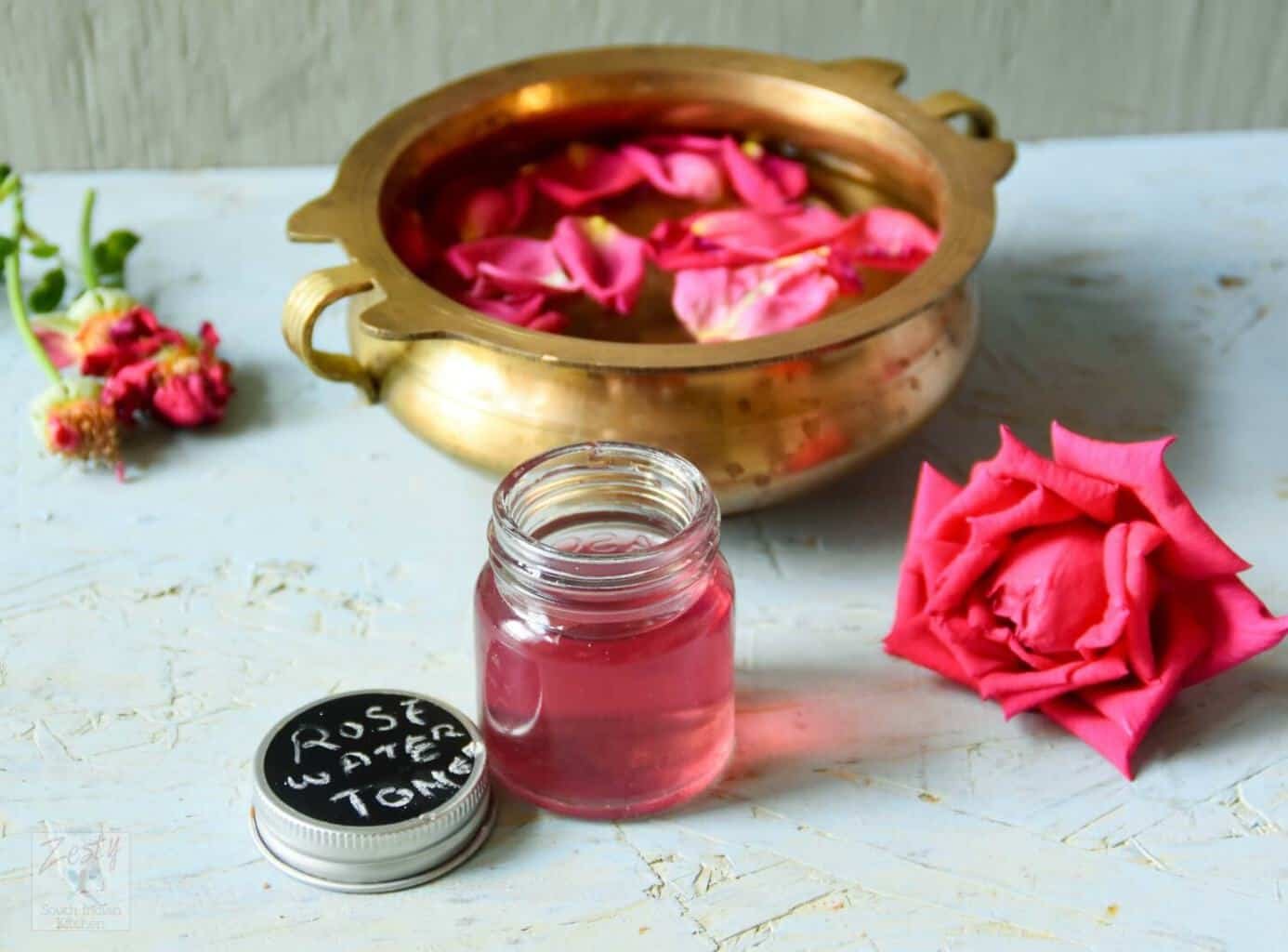
You don’t have to travel to the Middle East to experience the benefits of its beauty secrets. Here are some simple ways to incorporate Middle Eastern beauty rituals into your daily routine:
DIY Rose Water Toner
To make your own rose water toner, simply steep dried rose petals in distilled water for a few hours. Strain the liquid and store it in a spray bottle. Use it as a refreshing toner to hydrate and soothe your skin.
Honey and Turmeric Face Mask
Mix a tablespoon of honey with a teaspoon of turmeric powder to create a brightening face mask. Apply it to your face and leave it on for 15-20 minutes before rinsing off with warm water. This mask helps to even out skin tone and impart a natural glow.
Olive Oil Hair Treatment
Warm a small amount of olive oil and massage it into your scalp and hair. Leave it on for at least 30 minutes before washing it out with a mild shampoo. This treatment will nourish and strengthen your hair, leaving it soft and shiny.
The Timeless Appeal of Middle Eastern Beauty
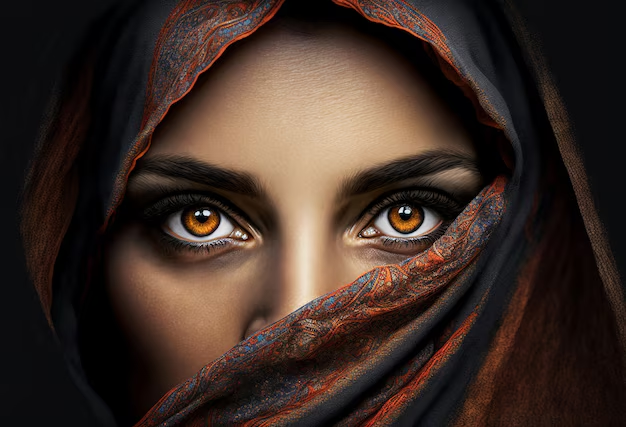
Middle Eastern beauty secrets have stood the test of time, offering natural and effective solutions for maintaining beauty and well-being. From ancient rituals to modern innovations, these traditions continue to inspire and influence the world of beauty. By embracing the wisdom of the past and harnessing the power of natural ingredients, we can all benefit from the timeless allure of Middle Eastern beauty.
Conclusion
The beauty secrets of the Middle East are a testament to the region’s rich cultural heritage and its deep connection to nature. Whether you are seeking to enhance your skincare routine, improve your hair care regimen, or simply indulge in a luxurious self-care ritual, the ancient practices and natural ingredients of the Middle East offer a wealth of inspiration and benefits.
So, take a journey through time and discover the enchanting world of Middle Eastern beauty, where tradition meets modernity, and nature meets luxury.
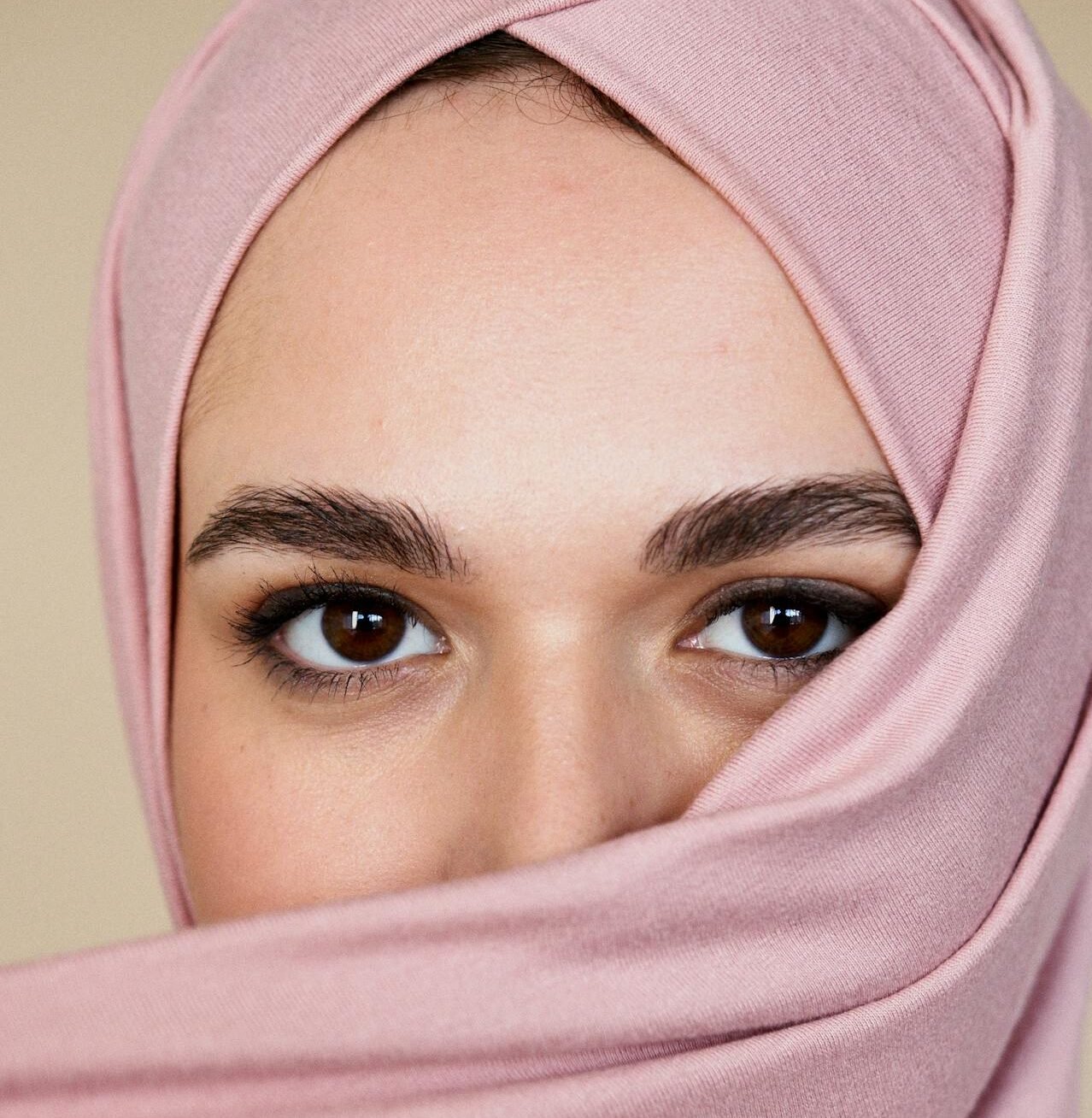
FAQs
What are some key ingredients used in ancient Egyptian beauty routines?
Ancient Egyptians used ingredients such as milk and honey for skin softening and exfoliation, kohl for eye protection and enhancement, and henna for body art and hair conditioning.
How is rose water beneficial for the skin?
Rose water acts as a natural astringent and toner. It helps balance the skin’s pH, reduces redness, hydrates the skin, and can also refresh and revitalise the skin.
What is the hammam ritual, and what are its benefits?
The hammam, or Turkish bath, is a traditional Middle Eastern ritual involving steam baths, exfoliation with a kessa glove and black soap, rhassoul clay application, and finishing with argan oil. This ritual deeply cleanses, exfoliates, and moisturises the skin, promoting relaxation and improved circulation.
How is henna used in Middle Eastern hair care?
Henna is used as a natural hair dye that imparts a rich, reddish-brown color while also conditioning and strengthening the hair. It helps smooth the hair cuticles, reduces frizz, and adds volume and shine.
What are the benefits of using black seed oil in beauty routines?
Black seed oil is rich in antioxidants and essential fatty acids, making it beneficial for treating skin conditions, promoting hair growth, reducing inflammation, soothing irritation, and improving skin tone and hair strength.



